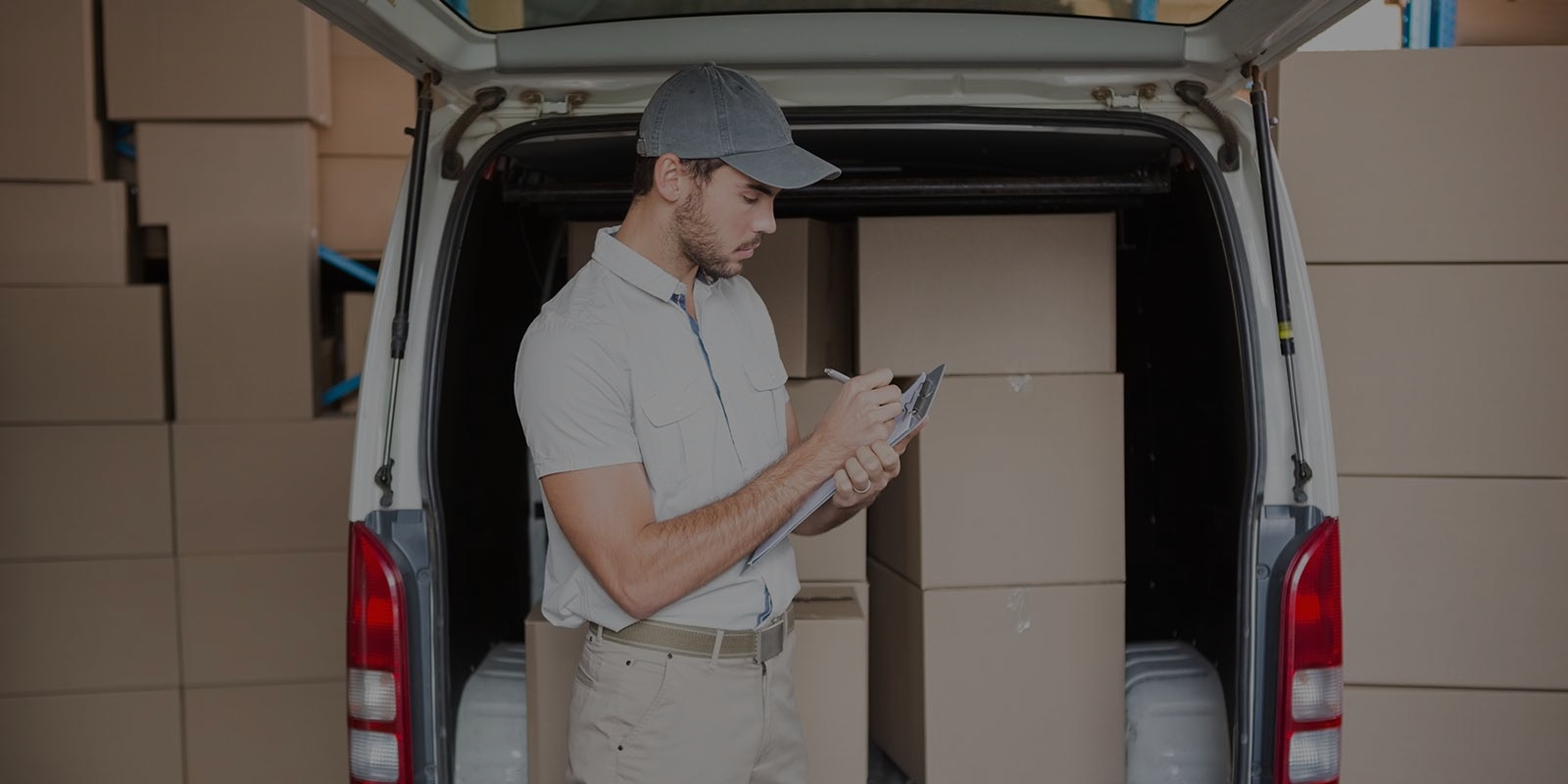Avoid the Hazards of DIY Piano Moving
Posted on 10/06/2025
Avoid the Hazards of DIY Piano Moving: Why Professional Help Matters
When it comes to relocating a piano, many homeowners underestimate the risks involved in doing it themselves. While it may seem cost-effective or convenient at first glance, DIY piano moving presents serious hazards to people, property, and the instrument itself. In this comprehensive guide, we'll explore why you should avoid the hazards of DIY piano moving, discuss the benefits of professional moving services, and provide essential tips for a safe, worry-free piano relocation experience.

Understanding the Dangers of Moving a Piano Yourself
Pianos are beautiful, delicate, and notoriously challenging to move. Whether you own an upright, grand, or baby grand, the weight, size, and construction of these instruments make them uniquely hazardous for amateurs to handle. Here's why moving a piano by yourself can be risky:
- Sheer Weight and Size: Most pianos weigh between 300 and 1,200 pounds. Their uneven weight distribution and bulky shape mean amateur movers often struggle with balance and control.
- Delicate Inner Mechanisms: Containing thousands of moving parts, even small jolts or improper handling can damage a piano's inner workings, affecting sound quality and playability.
- Risk of Injury: From crushed fingers to strained backs, moving a piano without professional tools and experience puts you and your helpers at high risk for serious injuries.
- Property Damage: Door frames, walls, floors, and stairs can all suffer dents, scrapes, and cracks if a piano slips or scrapes during a DIY move.
- Uninsured Loss: Most homeowners' insurance policies exclude damages caused by improper moving. If you break your piano or damage property during a DIY attempt, you could be left with costly repairs or replacements.
Common DIY Piano Moving Mistakes
- Underestimating the Task: Many DIY movers miscalculate the difficulty of maneuvering a bulky, top-heavy instrument.
- Lack of Proper Equipment: Moving a piano safely requires specialized dollies, harnesses, gloves, and padding -- tools few homeowners possess.
- Insufficient Manpower: Pianos are not a one- or two-person job. Misjudging the number of helpers needed is a common mistake.
- Poor Route Planning: Navigating tight staircases, narrow hallways, and door frames without a clear plan can lead to accidents.
- Inadequate Protection: Failing to properly wrap and secure the piano increases the odds of cosmetic and structural damage.
The True Costs of DIY Piano Moving
Attempting a DIY piano move might save you money upfront, but if something goes wrong, the costs can easily outweigh the savings. Here's what's at stake:
Financial Risks
- Piano Repairs: Even small drops or bumps can result in expensive repairs to keys, pedals, or the delicate action inside your piano.
- Home Repairs: Scratched floors, dented moldings, or damaged walls can cost hundreds or even thousands of dollars to fix.
- Medical Bills: Back injuries, crushed fingers, or worse can lead to unexpected medical expenses.
- Replacement Costs: In worst-case scenarios, your piano may be irreparably damaged, requiring replacement.
Hidden Costs and Long-Term Damage
Avoiding professional help can result in hidden costs and long-term consequences:
- Unseen internal damage to hammers, strings, or the soundboard may reduce your piano's value or lifespan.
- Improper reassembly or tuning (especially for grand pianos) can permanently affect sound quality.
- Voiding your piano's manufacturer or repair warranties due to improper handling.
Why Hire a Professional Piano Mover?
Given the risks and costs, the safest way to move a piano is to hire a professional piano mover. Professional movers bring the following advantages:
- Expertise: Trained specialists know how to handle all types of pianos (upright, grand, baby grand, spinet, concert grand) and anticipate potential obstacles.
- Specialized Equipment: Movers use heavy-duty dollies, ramps, straps, skid boards, and padding to protect your piano and your property.
- Insurance: Most reputable piano movers carry insurance that covers both damage and liability, offering you peace of mind.
- Efficiency: Professionals can quickly and safely transport your instrument with minimal disruption to your schedule.
- Proper Reassembly: A piano mover will ensure your instrument is correctly set up and can recommend post-move tuning.
What to Expect from a Professional Piano Moving Service
- Comprehensive Planning: Movers assess entry/exit points, plan the safest route, and prepare accordingly.
- Thorough Preparation: The piano is carefully wrapped, padded, and secured to prevent any damage.
- Expert Maneuvering: Professionals navigate stairs, tight corners, and elevators with practiced ease.
- Safe Transportation: The instrument is anchored in a specialized vehicle to eliminate movement during transit.
- Setup & Final Placement: Upon arrival, movers carefully position your piano in its new location.
Tips to Ensure a Safe and Smooth Piano Move
Still determined to move your piano yourself? We strongly recommend hiring professionals, but if you must attempt it, here are essential safety tips to avoid the hazards of DIY piano moving:
- Assess Your Capabilities: Be honest about your physical ability and experience with heavy lifting and maneuvering large objects.
- Gather Proper Equipment: Rent or borrow professional-grade dollies, straps, corner protectors, and heavy padding.
- Assemble a Team: You'll need at least three to four strong adults with good communication skills.
- Map Your Route: Clear the intended path of all obstacles, rugs, and fragile items. Measure doorways, stairwells, and elevators in advance.
- Prepare the Piano: Secure the lid and keyboard cover. For grand pianos, remove and wrap the legs and lyre for separate transport.
- Protect Surfaces: Use thick pads or towels on floors and walls. Cover your piano completely with thick moving blankets.
- Lift Properly: Always lift with your legs, never your back. Make slow, steady movements. Avoid twisting or sudden jerks.
- Use Ramps and Skid Boards: For stairs, a skid board and ramp are essential to prevent drops and loss of control.
- Transport Safely: Anchor the piano securely in your moving vehicle to ensure it doesn't slide or tip during transit.
- Reassemble Carefully: Set up your piano in its new location, but schedule a professional tuner as soon as possible to address any shifts during the move.

Frequently Asked Questions
Can I Move an Upright Piano Myself?
While upright pianos are smaller than grands, they still often weigh 300-500 pounds. Their awkward shape and sensitive internal parts make DIY moving risky. Professional piano movers strongly recommend against attempting this yourself.
What Equipment Is Essential for Moving a Piano?
You'll need a heavy-duty furniture dolly, moving straps, gloves, plenty of blankets, and, for stairs, a piano skid board and ramp. Lacking the right gear greatly increases the risk of damage.
Is It Ever Safe to Move a Piano Without Professionals?
In rare cases (such as moving within a single, ground-level room), it may be possible for several able-bodied individuals to move a small spinet piano. However, the risks always outweigh the potential savings.
Will Moving a Piano Damage Its Tuning?
Yes -- even a professionally moved piano will likely need tuning after relocation due to pitch shifts caused by movement and change in environment.
How Much Does Professional Piano Moving Cost?
Prices vary depending on the type of piano, access challenges, stairs, and distance. For local moves, expect to pay anywhere from $200 to $600; long-distance or complex moves can cost significantly more. Considering the value of your piano and the safety of your property, it's money well spent.
Conclusion: Protect Your Investment -- Say "No" to DIY Piano Moving!
Your piano is not just a piece of furniture; it's a treasured musical instrument and, often, a family heirloom. The risks of DIY piano moving simply aren't worth the potential hazards involved. By hiring a reputable professional piano mover, you'll safeguard your investment, your safety, and your peace of mind.
In summary:
- The hazards of moving a piano yourself include personal injury, property damage, and irreversible harm to the instrument.
- Professional movers have the training, equipment, and insurance necessary for a safe, efficient move.
- The upfront cost of expert moving services is minimal compared to the potential expenses from accidents and damage.
Resist the urge to "DIY" when it comes to piano moving. Trust qualified professionals to handle your instrument with the care and expertise it deserves. Don't gamble with your health, your piano, or your home -- play it safe and avoid the hazards of DIY piano moving at all costs.







